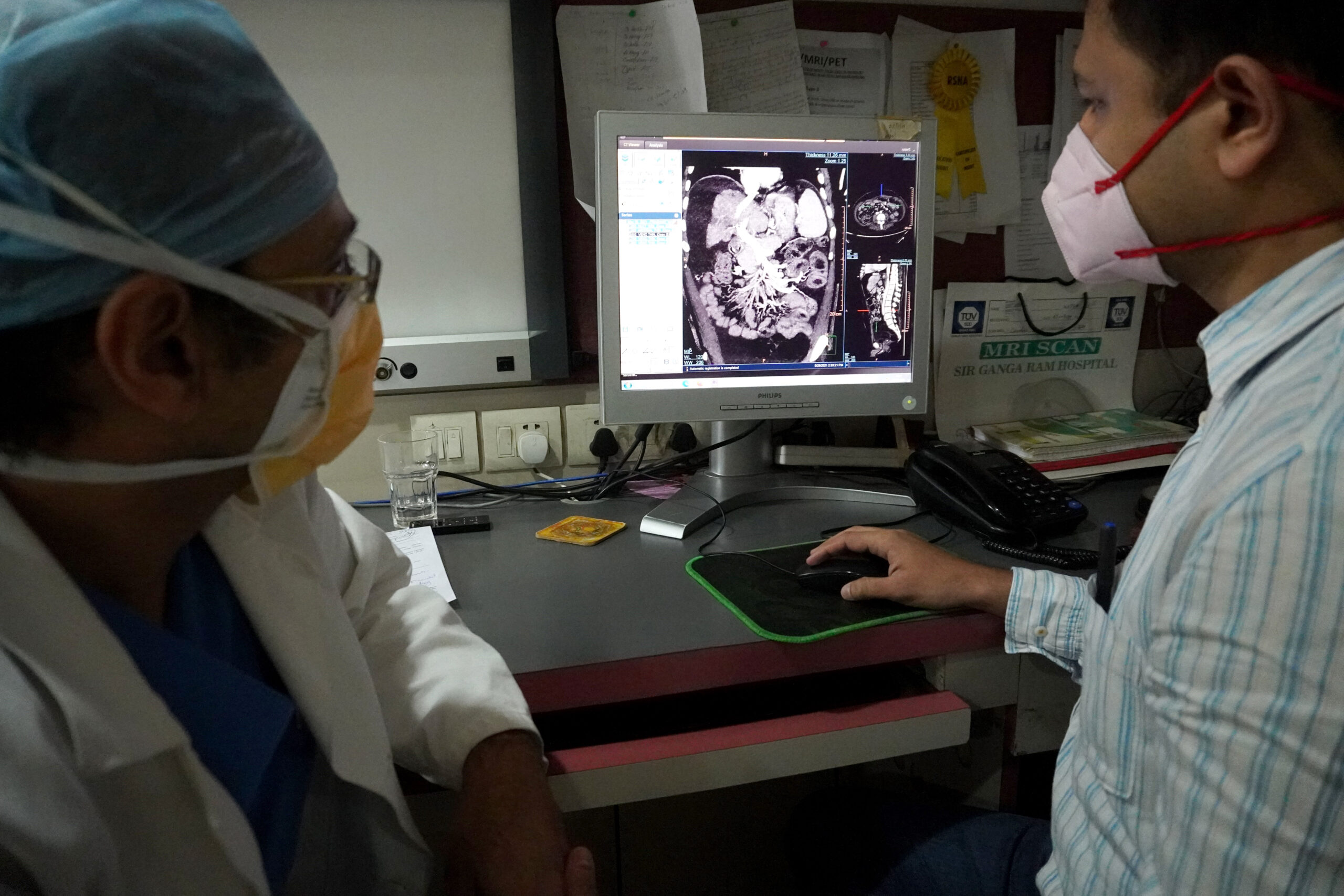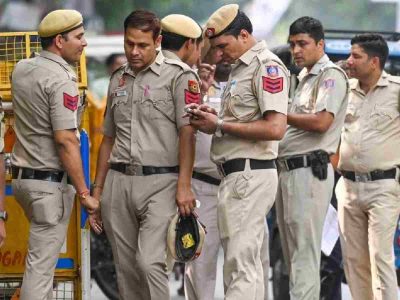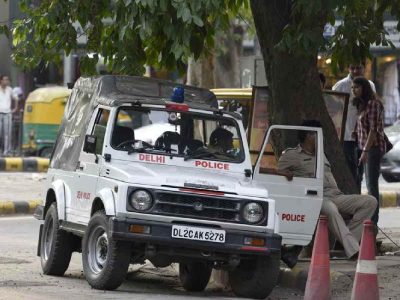For the past ten months, the CT scan machines at GB Pant Hospital in the national capital, renowned for treating cardiology and neurological conditions, have been out of service, causing significant distress for patients.
Due to this, critical patients are redirected to LNJP Hospital nearby, where they face prolonged wait times despite the procedure only lasting five minutes.
One individual, speaking anonymously to PTI, shared the ordeal of his father, who was referred to GB Pant Hospital from Hedgewar and GTB hospitals in East Delhi after a heart attack on April 1. Following initial treatment, a CT scan was recommended. However, with the hospital’s machines offline, they were directed to LNJP Hospital, where scheduling delays posed a potentially life-threatening situation for the emergency patient.
Similarly, another person recounted rushing her 62-year-old mother to the hospital after a heart attack, only to discover the CT scan machines were inactive. Forced to seek a private facility, they incurred significant expenses.
At GB Pant Hospital, only ‘A’ and ‘D’ blocks house CT scan machines, both of which have been dysfunctional for nearly a year. Dr. Kalpana Bansal, from the Department of Radiology, confirmed the longstanding issue and noted that while one replacement machine is underway, the process for the other has been delayed due to tender cancellations.
LNJP Hospital, meanwhile, faces its own challenges with only one of its two CT scan machines operational. Despite this, the hospital sees a significant influx of patients, including those referred from GB Pant Hospital and other medical facilities.
A GB Pant Hospital official acknowledged the aging machines’ challenges and reassured that a new machine from Germany is scheduled for installation by August to alleviate patient woes.
Dr. Amit Srivastava, from Dharamshila Narayana Super Specialty Hospital, emphasized the critical nature of prompt CT scans for emergency cases, highlighting the need for swift action in stroke situations.
Efforts are underway to mitigate patient hardships, but the prolonged downtime of essential medical equipment underscores the pressing need for timely solutions to ensure optimal patient care.
(With PTI inputs)





